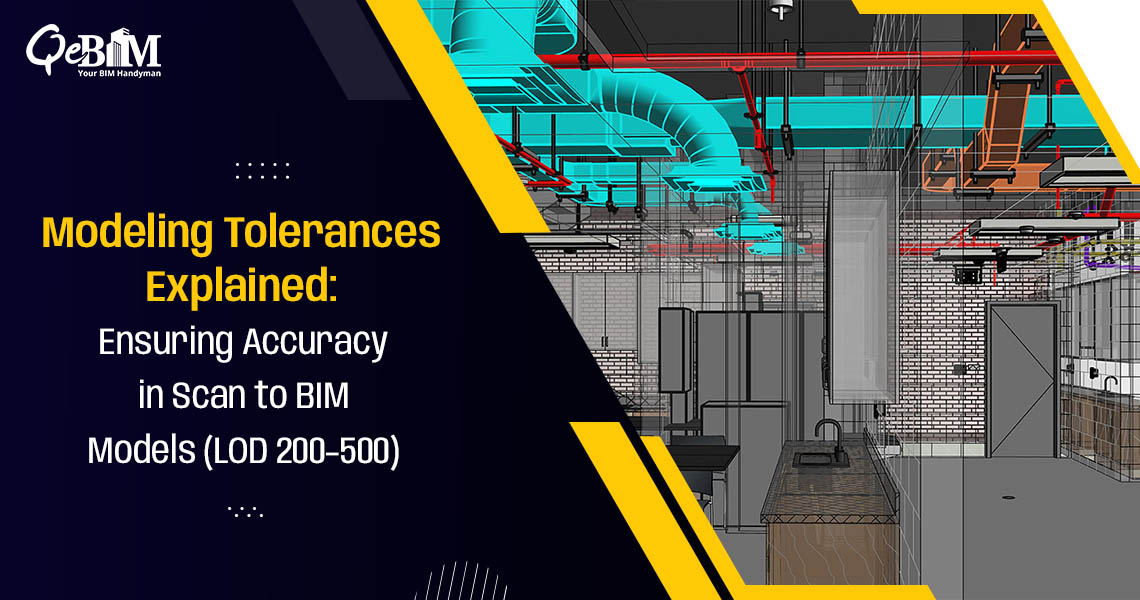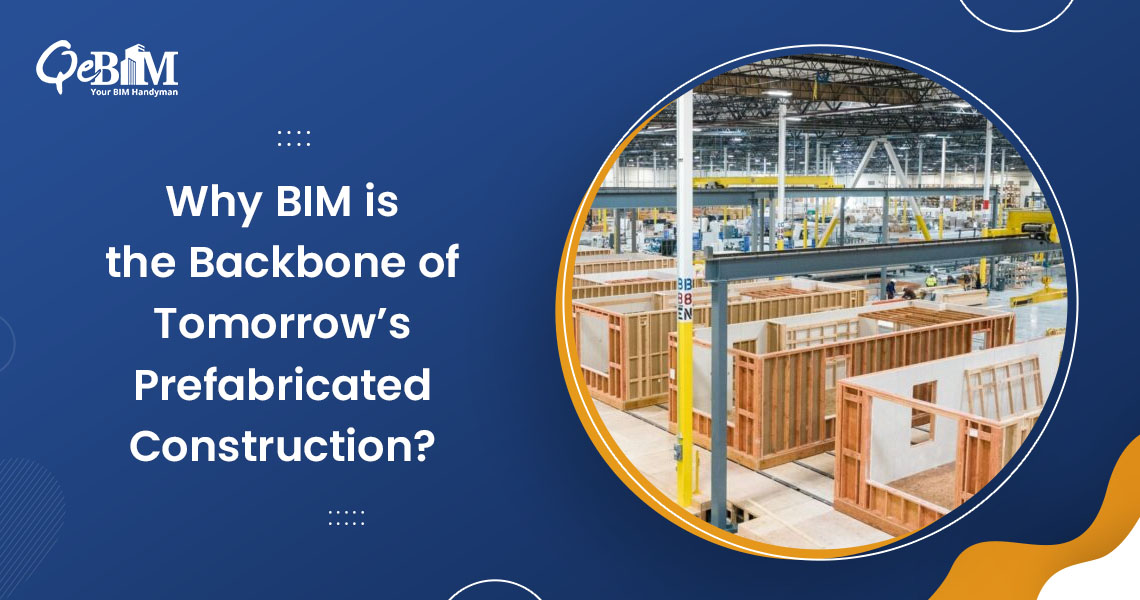In the architecture and construction sector, technology has emerged as a pivotal catalyst, propelling advancements in efficiency, precision, and sustainability. Among the various advancements, BIM stands out as a transformative tool reshaping the way construction projects are planned, executed, and managed globally. Nowhere is this revolution more evident than in Europe, where BIM adoption has surged, redefining industry standards and setting new benchmarks for innovation.
Let’s get to know how BIM Services are fundamentally altering the construction sector across Europe.
Understanding BIM: A Paradigm Shift
At its core, BIM embodies a digital depiction of a building’s physical and functional attributes. Unlike traditional two-dimensional drawings, BIM incorporates three-dimensional models enriched with intelligent data, enabling stakeholders to visualize, simulate, and analyse various aspects of a project throughout its lifecycle. This comprehensive methodology promotes collaboration, reduces errors, and improves decision-making, leading to increased efficiency and cost-effectiveness.
The European Landscape: A Beacon of BIM Adoption
Europe has emerged as a frontrunner in BIM implementation, spurred by governmental mandates, industry initiatives, and a culture of innovation. Countries like the United Kingdom, Germany, France, and the Nordic nations have been at the vanguard of this transformation, championing BIM as a catalyst for sustainable development and economic growth.
Governmental Support Driving Adoption
Governmental support has been pivotal in accelerating BIM adoption across Europe. In the United Kingdom, for instance, the government’s mandate requiring all centrally procured government projects to utilize BIM Level 2 has galvanized widespread adoption. Similarly, countries like Finland and Norway have implemented BIM mandates and initiatives to standardize processes and promote interoperability, laying the groundwork for a unified approach to construction.
Industry Initiatives and Collaborative Efforts
Industry stakeholders have also played a crucial role in driving BIM adoption through collaborative efforts and initiatives. BIM Company such as buildingSMART, a global authority on BIM standards, have spearheaded efforts to develop open standards and interoperable solutions, fostering seamless collaboration across disciplines and software platforms. Additionally, industry associations and professional bodies have offered training, certification, and guidance to equip professionals with the requisite skills and knowledge to leverage BIM effectively.
The Impact of BIM: Transforming Construction Practices
The widespread adoption of BIM has had a profound impact on construction practices, revolutionizing workflows, and delivering tangible benefits across the project lifecycle.
- Enhanced Collaboration and Communication: BIM enables seamless real-time collaboration among AEC professionals and other stakeholders, breaking down silos and fostering integrated project delivery. Enhanced communication leads to fewer discrepancies, streamlined workflows, and faster decision-making, resulting in improved project outcomes.
- Improved Design and Visualization: With BIM, stakeholders can create detailed 3D models of buildings, enabling enhanced visualization and understanding the insights of design intent. This enhanced visualization helps identify clashes, optimize spatial layouts, and communicate design concepts effectively, leading to more efficient designs and reduced rework.
- Cost and Time Savings: BIM enables early detection of clashes and conflicts during the design phase, minimizing costly rework and change orders during construction. By simulating construction sequences and analysing project schedules, BIM helps identify potential delays and optimize resource allocation, resulting in saving both time and costs.
- Sustainability and Lifecycle Management: BIM facilitates the implementation of sustainable design practices by enabling energy analysis, material tracking, and lifecycle assessment. By integrating sustainability considerations from the outset, BIM enables stakeholders to make informed decisions aimed at minimizing environmental impact and optimizing the long-term performance of buildings.
Supporting Statistics:
- BIM adoption in Europe is burgeoning, with significant growth projected in the coming years. A study conducted by Mordor Intelligence reveals that the European BIM market is poised to expand at a robust Compound Annual Growth Rate (CAGR) of 11.7% throughout the forecast period spanning from 2022 to 2027.
- A survey conducted by the European Construction Industry Federation (FIEC) found that 74% of European construction companies have adopted BIM to some extent, with the highest adoption rates observed in the United Kingdom, Germany, and Scandinavia.
- Research by the European Commission indicates that BIM implementation can lead to cost savings of up to 20% and time savings of up to 30% on construction projects.
Embracing the Future of Construction
As Europe continues to embrace BIM as a cornerstone of modern construction practices, the industry stands poised for unprecedented transformation. With governmental support, industry collaboration, and technological innovation driving adoption, BIM promises to deliver enhanced efficiency, sustainability, and value across the construction sector. By leveraging the power of digitalization and embracing a culture of innovation, Europe is not just building structures— it’s actively shaping the trajectory of the construction industry.





